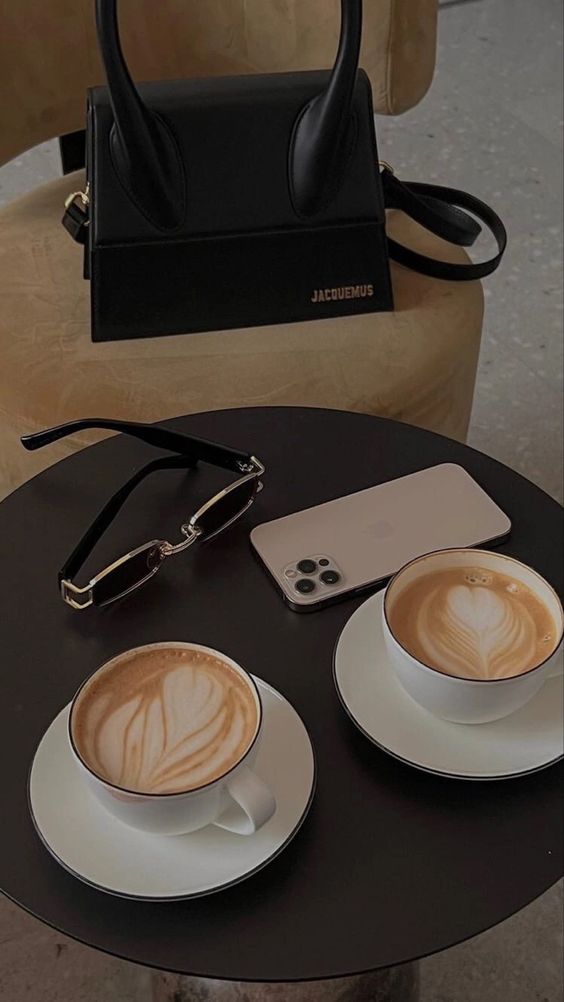Dropshipping vs Private Label – Which Is Better?
Choosing between dropshipping vs private label is one of the most crucial decisions aspiring ecommerce entrepreneurs must make. Each model offers unique advantages and trade-offs. Your choice will impact your startup costs, branding potential, profit margins, operational complexity, and long-term growth trajectory.
In this in-depth guide, we’ll explore both models from multiple angles – including logistics, financials, branding, scalability, and risk management – to help you decide which path is better aligned with your goals. Whether you’re launching your first store or scaling an existing business, this comparison will clarify what to prioritize.
If you’re just beginning, be sure to check our full guide on how to start ecommerce business from scratch to ensure your foundation is built correctly.
What Is Dropshipping?
Dropshipping is a retail fulfillment model where you, as the seller, don’t keep inventory on hand. Instead, when a customer places an order, you forward it to a supplier who then ships the product directly to the customer.
Key traits of dropshipping:
- Lower upfront investment: no need to buy inventory
- Wide product catalog without holding stock
- Quick testing of ideas and niches
- Simpler logistics setup
However, the marginal cost per sale tends to be higher, and reliance on third-party suppliers can introduce quality and supply chain risks.
What Is Private Label?
Private label involves partnering with manufacturers who produce generic products that you then brand as your own. You order inventory upfront, hold it in your warehouse or fulfillment center, and handle branding, product packaging, and quality control yourself.
Key traits of private label:
- Full brand control including packaging and product
- Higher profit margins per sale
- Greater ability to build a long-term business asset
- Higher upfront costs and inventory risks
Choosing between dropshipping vs private label often comes down to prioritizing speed and low risk versus control and margin.
Cost Comparison
Dropshipping:
- Startup cost: Very low (domain, website, perhaps Shopify subscription)
- Per order cost: Higher due to supplier margins and shipping fees
- Inventory risk: Minimal
Private Label:
- Startup cost: Higher (product development, minimum order quantities, packaging, shipping)
- Per order cost: Lower production cost, but fulfillment and storage costs apply
- Inventory risk: High if products don’t sell
If you’re starting for the first time, dropshipping may seem more financially viable, but private label allows you to build equity in your brand long-term.
Branding and Differentiation
Dropshipping stores often rely on supplier product images and descriptions, making consistent branding and differentiation hard to achieve. It’s difficult to stand out when competitors can sell the same product with a few clicks.
Private label allows you to design your own packaging, tweak the product, include custom inserts, and shape a customer experience that aligns with your brand. This model supports building a unique identity and customer loyalty that dropshipping cannot replicate easily.
Profit Margins and Pricing Control
Dropshipping:
- Margins typically range from 10% to maybe 40% depending on niche
- Sellers are often competing on price
- Little flexibility to adjust costs or margins
Private Label:
- Margins can reach 50%+ depending on volume and differentiation
- You control production and can negotiate better pricing
- Higher price points are justified with branding and value
If maximizing profit per unit matters most, private label has the advantage here.
Scalability and Operations
Dropshipping offers a simple setup:
- No inventory to manage
- Suppliers handle fulfillment
- You can test many products quickly
However, scaling dropshipping exposes you to supplier limitations and inconsistent customer experience. If inventory runs out or quality slides, you’re the one taking the blame.
Private label requires more operational setup – warehousing, shipping fulfillment, inventory management – but scales more predictably as you gain control over supply chains and customer experience.
Risk and Control
Dropshipping risks:
- Supplier stockouts and shipping delays
- Quality control issues you can’t prevent
- Void of branded experience
- Customer service complexities
Private label risks:
- Excess inventory if demand doesn’t meet forecasts
- Storage and logistics costs
- Complexities around product development and shipping
Droshipping shifts risk to suppliers, but leaves you vulnerable to their failures. With private label, risk is on you – but so are the rewards when things go right.
Customer Experience and Trust
Customers tend to trust brands that look consistent and professional. Dropshipping product pages often feel generic, eroding confidence.
Private label offers branded packaging, inserts, and customization – key differentiators that drive customer satisfaction and repeat purchases.
Time to Launch and Validation Speed
Dropshipping wins in speed. You can spin up a store within days, test products, pivot rapidly based on performance, and make minimal upfront investment.
Private label takes longer. You’ll be sourcing manufacturers, designing packaging, and managing samples – but once you’ve validated demand via dropshipping techniques, you may be better informed when moving to private label.
Hybrid Approach: Best of Both Worlds
Many successful sellers start with dropshipping to test markets and products. Once they find a winner, they transition to private label for that product, custom branding, and improved margins. This hybrid method leverages the speed of dropshipping and the long-term equity of private label.
Platform and Fulfillment Considerations
Dropshipping stores typically use platforms like Shopify combined with apps like Oberlo or Spocket. Fulfillment is handled by suppliers.
Private label businesses may use Shopify or WooCommerce with fulfillment via FBA (Fulfillment by Amazon), third-party logistics providers, or self-fulfillment. Choosing between dropshipping vs private label affects your tech stack and fulfillment operations – not just product sourcing.
Real-World Example: Phone Accessories
Imagine selling phone accessories:
- Dropshipping: You list the newest trending phone case designs sourced via AliExpress or suppliers. You test ads, traffic, and conversions. Successful SKUs guide product decisions.
- Private label: After validating demand, you create branded phone cases with unique designs, branded packaging, and value-adds like microfiber cloths or loyalty discounts.
You build a recognizable brand, increase prices, and reduce competition – moving from dropshipping to a private label business.
Decision Criteria Table
| Criteria | Dropshipping | Private Label |
|---|---|---|
| Startup Cost | Low | High |
| Time to Launch | Fast | Slow |
| Profit Margin | Low to medium | Medium to high |
| Branding Control | Low | High |
| Inventory Management | None | Required |
| Fulfillment Complexity | Low | Medium to high |
| Risk Exposure | Supplier-dependent | Inventory-based |
| Scalability | Easy to test, limited by supplier | Scalable with systems and sourcing |
| Customer Experience | Generic | Custom and brand-aligned |
FAQ: Dropshipping vs Private Label
Is private label more profitable than dropshipping?
Yes, private label is generally more profitable per sale because you control product pricing, packaging, and branding. By eliminating third-party supplier markups and offering unique branded products, you can achieve higher margins. However, it also comes with higher upfront costs and risk.
Can I start with dropshipping and move to private label later?
Absolutely. Many entrepreneurs test product demand through dropshipping first. Once they identify a successful product, they transition to private label to gain more control, improve customer experience, and increase profit margins.
Which business model is easier to start: dropshipping vs private label?
Dropshipping is easier and quicker to start because you don’t need to invest in inventory, packaging, or logistics. Private label requires more setup, including supplier research, design, and order management, but it offers better scalability in the long term.
Do I need a supplier for private label products?
Yes, you need to partner with a manufacturer who allows you to customize and brand products under your label. You’ll also need to handle shipping or work with a fulfillment partner.
Is dropshipping legal and sustainable in 2025?
Yes, dropshipping is legal, but sustainability depends on niche selection, supplier reliability, and customer experience. It’s still viable in 2025, especially when paired with strong marketing and niche positioning.
Which model: dropshipping vs private label is better for building a brand?
Private label is better suited for brand building. You have full control over the product design, packaging, and customer touchpoints, making it easier to establish a trusted and consistent brand.
Final Thoughts
If you’re wondering whether dropshipping vs private label is the better path, the answer depends on your goals:
- For fast validation, low risk, and minimal investment – start with dropshipping
- For brand control, higher margins, better customer experience – build a private label
Many ecommerce entrepreneurs begin with dropshipping to test what sells, then transition winners into private label products. This path combines agility with long-term scale.
Ready to launch your ecommerce venture? Begin by validating product ideas through dropshipping or pre sales, then evolve into private label as you grow. And remember – whether you’re choosing fulfillment strategy or marketing methods, the same discipline and planning apply as when you first learned how to start ecommerce business from scratch.


















Post Comment